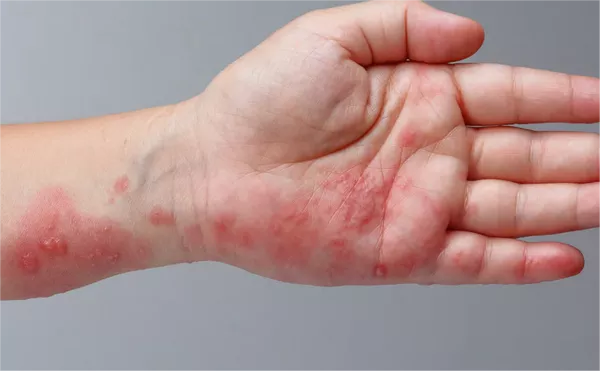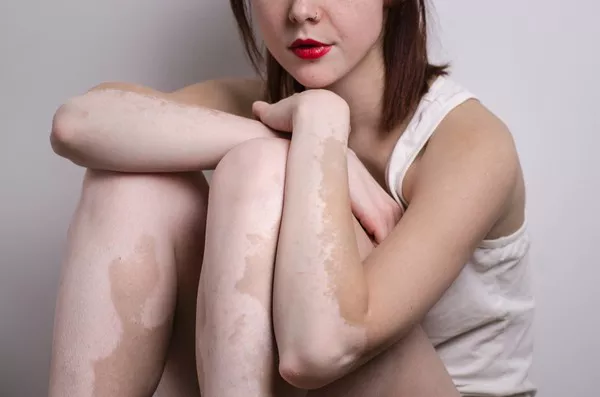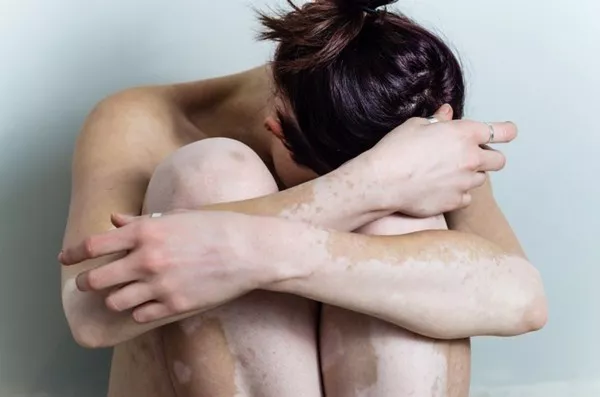Hives, also known as urticaria, are a common skin condition characterized by raised, red, and itchy welts that can appear suddenly and often disappear within hours or days. While hives are typically harmless and temporary, the discomfort they cause can be quite distressing. If you’re experiencing hives that hurt, it’s essential to understand the underlying reasons. Here, we’ll delve into the various causes of painful hives and explore effective strategies for finding relief.
What Are Hives and How Do They Develop?
Hives occur when certain cells in the skin release histamine and other chemicals into the bloodstream. This release leads to the dilation of blood vessels and the accumulation of fluid under the skin, resulting in the characteristic red, swollen welts. Hives can vary in size, from small spots to large patches, and they often appear suddenly in response to specific triggers.
Identifying Painful Hives: Signs and Symptoms
The primary symptom of hives is the presence of raised, itchy bumps on the skin. However, when these hives become painful, additional discomfort arises. Painful hives may feel tender, sore, or stinging to the touch. Some individuals also describe a burning sensation accompanying the hives, which can exacerbate the overall discomfort.
Common Causes of Painful Hives
1. Allergic Reactions: One of the most common causes of painful hives is an allergic reaction. When your body’s immune system overreacts to a substance (allergen) such as certain foods, medications, insect stings, or pollen, it can trigger hives along with pain and swelling.
2. Infections: Certain infections, particularly viral infections like the common cold or hepatitis, can lead to the development of hives. In such cases, the hives are often accompanied by other symptoms of the underlying infection.
3. Stress and Anxiety: Emotional stress or anxiety can sometimes manifest physically as hives. Stress-induced hives can be particularly uncomfortable and may contribute to an increased sensation of pain.
4. Autoimmune Disorders: Conditions such as lupus and thyroid disorders can cause chronic hives that are painful and persistent. These hives are usually a result of the body’s immune system mistakenly attacking healthy cells.
5. Physical Factors: Exposure to certain physical stimuli such as cold, heat, pressure, or sunlight can trigger hives that are painful. This type of hive is known as physical urticaria.
6. Medications: Some medications, including antibiotics, pain relievers (like aspirin and ibuprofen), and blood pressure medications, can induce hives as a side effect. Painful hives caused by medications often require medical attention.
Why Do Hives Hurt? The Mechanism of Pain
The pain associated with hives stems from the inflammatory response triggered by the release of histamine and other chemicals. Histamine not only causes the characteristic swelling and itching of hives but can also stimulate nerve endings in the skin, leading to sensations of pain and discomfort.
In addition to histamine, other inflammatory mediators released during an allergic reaction or immune response contribute to the pain sensation. These chemicals can increase blood flow to the affected area, causing further swelling and sensitivity.
When to Seek Medical Attention
While most cases of hives resolve on their own and are not a cause for concern, there are instances where medical attention is warranted:
1. Severe Pain: If the pain associated with your hives is severe and not alleviated by over-the-counter remedies, it’s advisable to seek medical advice.
2. Difficulty Breathing or Swallowing: Hives accompanied by difficulty breathing, swallowing, or swelling of the face require immediate medical attention as they could indicate a severe allergic reaction (anaphylaxis).
3. Prolonged Duration: If your hives persist for more than a few days or recur frequently, consult a healthcare professional to identify potential underlying causes.
4. Managing Painful Hives: Treatment and Prevention
The treatment of painful hives focuses on alleviating symptoms and addressing the underlying cause. Here are some strategies commonly used:
- Antihistamines: Over-the-counter or prescription antihistamines can help reduce itching and pain associated with hives by blocking the action of histamine.
- Topical Treatments: Calamine lotion or corticosteroid creams can be applied directly to the affected area to soothe pain and reduce inflammation.
- Identifying Triggers: Keeping a journal to track activities, foods, or substances that precede the onset of hives can help identify triggers and avoid future episodes.
- Stress Management: Practicing relaxation techniques such as yoga, meditation, or deep breathing can reduce stress-induced hives.
- Avoiding Irritants: Minimize exposure to known triggers such as certain foods, medications, or environmental factors.
Conclusion
Painful hives can significantly impact your quality of life, but understanding the underlying causes and triggers is crucial for effective management and prevention. By working with healthcare professionals to identify specific triggers and implementing appropriate treatment strategies, you can minimize discomfort and enjoy better skin health. If you’re experiencing persistent or severe hives, don’t hesitate to seek medical advice for personalized care and guidance.
Related Topics:



























